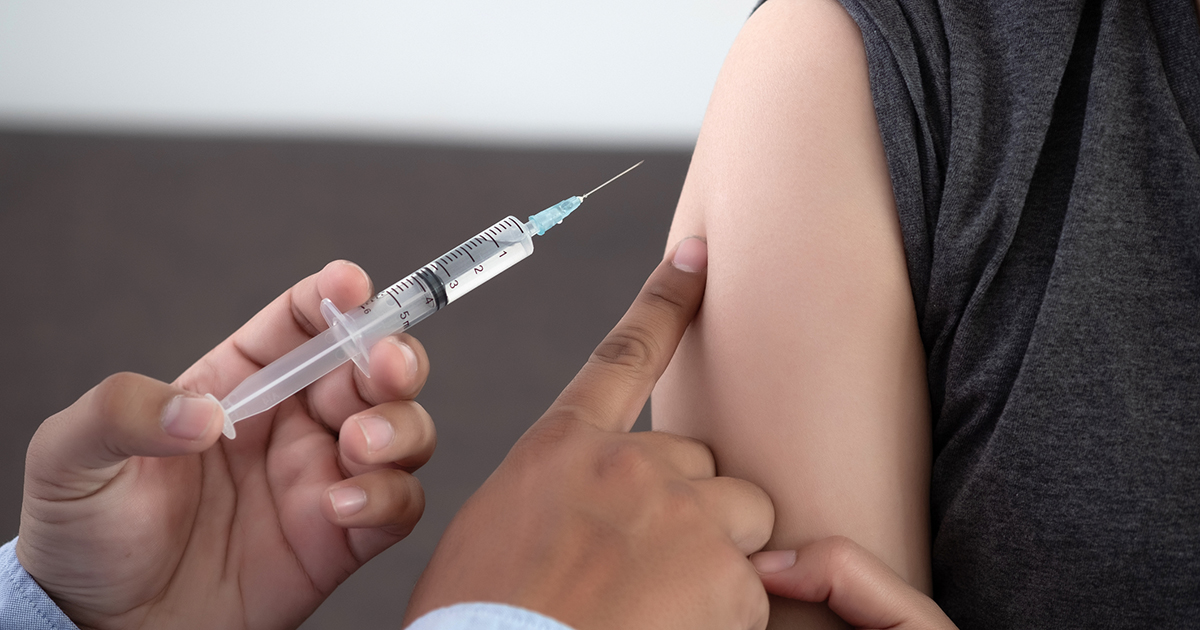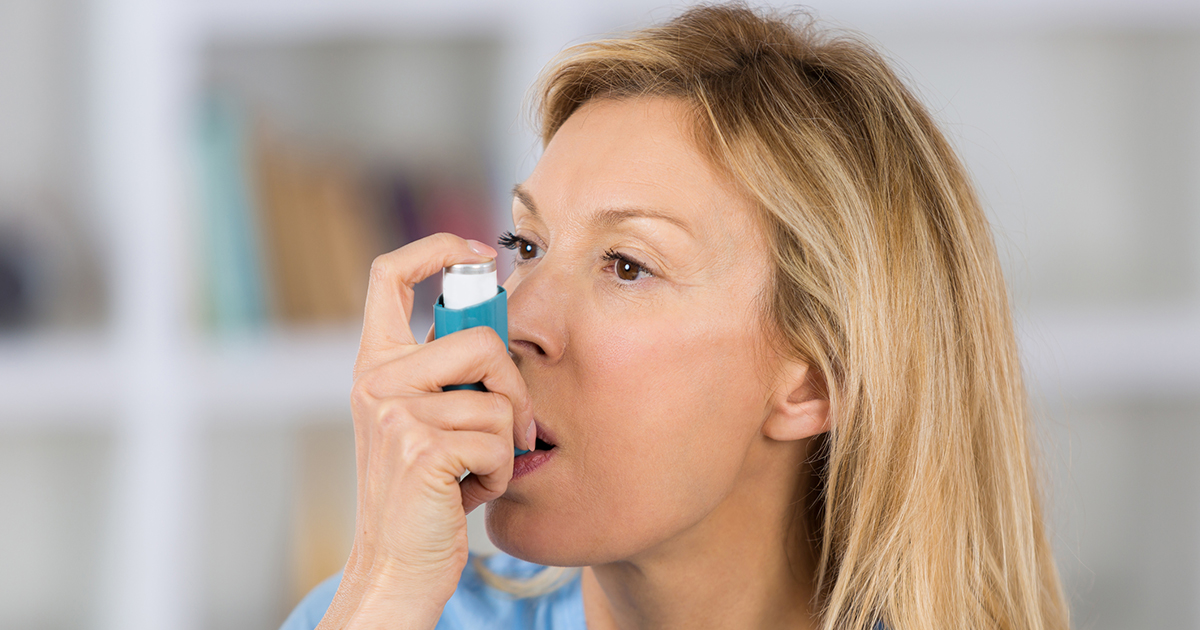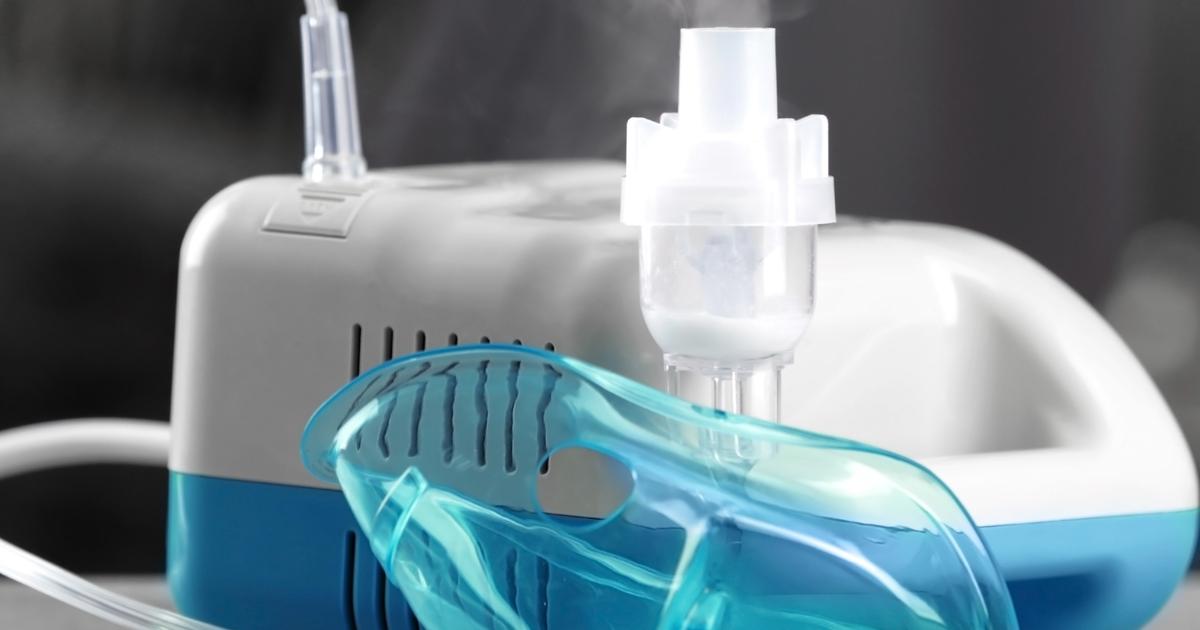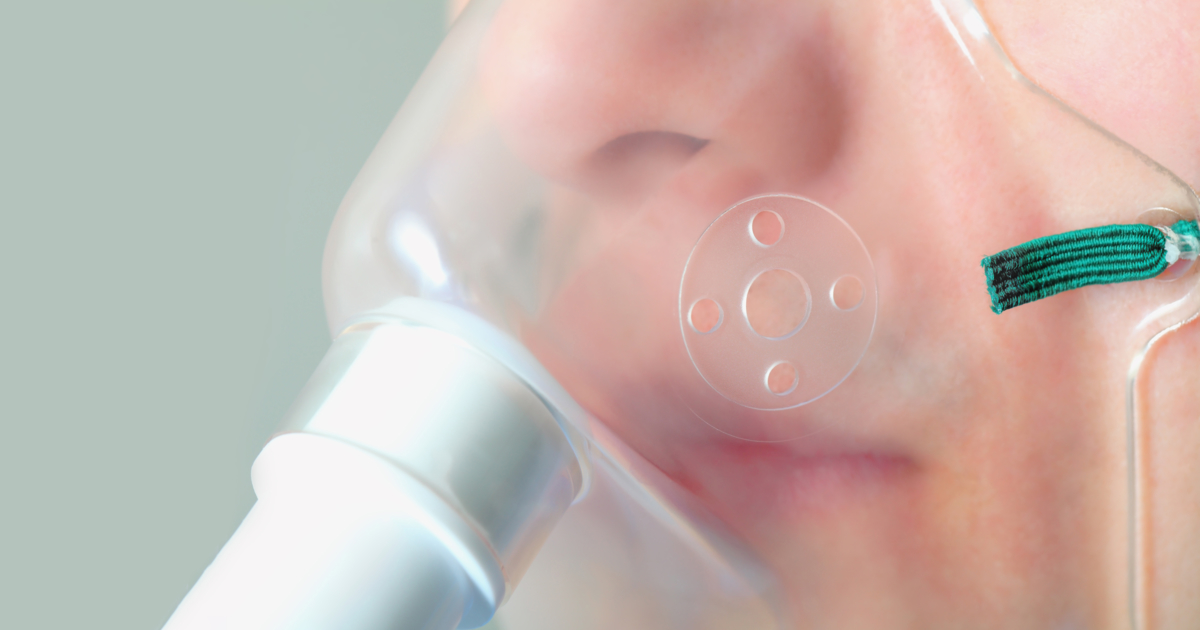Different Ways To Treat Bronchiectasis
Bronchiectasis is the thickening of the walls of the bronchi because of chronic inflammation or infection, which causes an accumulation of mucus. It can be caused by many different conditions, including inflammatory bowel disease, alpha-1-antitrypsin deficiency, and chronic obstructive pulmonary disease. Bronchiectasis can cause shortness of breath, feeling tired, fever, chills, wheezing, and coughing up mucus every day. There are periods, called exacerbations, where the symptoms become worse, and treatments need to be increased or implemented. Thankfully, there are various ways to treat the illness, including the following.
Get The Flu And Pneumococcal Vaccines

Individuals need to get the flu vaccine every year, even if news agencies are reporting it is not very effective. Some protection from getting the flu is better than none, as even if someone who received the vaccine does end up with the flu, symptoms are far less severe. Since the flu vaccine can change from year to year, it needs to be done routinely when the new vaccines become available.
Patients generally only need to get a pneumococcal vaccine once, but some doctors do give a second shot five to ten years after the initial shot. The second shot depends on the patient's health and the preference of the doctor. The reason it is important to get these vaccines is to try to reduce the chance of falling ill. If an individual does get sick, it will cause additional damage to the lungs. Additional damage can lead to loss of lung function on top of the damage being done by the bronchiectasis. Patients want to try to minimize any additional loss of lung function or lung damage from any other source.
Learn more about treating bronchiectasis now.
Stay Hydrated

If patients stay hydrated, the mucus in the lungs will be thinned and will be easier to get it out. If individuals do not drink enough water, the mucus will get thick and thus, is harder to cough out of the lungs. When the mucus is not sitting in the lungs, it causes fewer problems and makes it easier to breathe. It may take some getting used to when trying to increase one's water intake, but over time, it will become easier and become second-nature. This will benefit, not only the lungs but the whole body and health in general as well. This is because avoiding dehydration can help patients feel less tired, feel more alert, and reduce other physical problems associated with it. Many individuals do not drink enough water, so some patients might be surprised how much more water they should be drinking compared to what you are drinking.
Discover more ways in which to treat bronchiectasis now.
Postural Drainage

Postural drainage is an important method used to help treat bronchiectasis. This procedure involves making sure the trachea is below the chest area, which allows the secretions to drain out of the lung and be expelled from the body. It is important for the patient to engage in physiotherapy, so a trained medical professional can give instructions on how to get the body into the correct positions to allow the secretions to flow out. Learning how to properly tip the body will let patients manage their condition in a more proactive way. The process can be done at various times of the day. If it is done at night, it can help with coughing, and if it is done in the morning, it can help get rid of whatever accumulated during the night. Patients can determine what works best for them, however, if they suffer from any adverse effects, they should consult a doctor. Effects to watch out for include dizziness, headaches, and palpitations.
Keep reading for more options on treating bronchiectasis now.
Bronchodilators

Bronchodilators are medicines inhaled into the lungs. The medicine helps relax the airways, making it easier to breathe. Many times, these medicines are fast acting and considered rescue inhalers because they are generally not designed to be used as the primary medicine to control the disease. Usually, the short-acting medicines are used when there is an unexpected shortness of breath, and they can help the patient breathe easier by stimulating bronchi receptors. There are longer lasting medications that work with the lung muscle cells and stimulate enzymes. These medicines are used on a regular basis to help open the airways and allow the patient to breathe easier.
Reveal the next method used to treat bronchiectasis now.
Get Regular Exercise

If patients get regular exercise, they can reduce the number of exacerbations they have because they are exercising their body and lungs. If their lungs are stronger and able to function properly, they will have fewer symptoms associated with the bronchiectasis. Studies have shown regular exercise can help in the short-term and the future as well. It helps the body expel and thin the mucus so it is not sitting in the lungs. If the mucus is being forced out of the body, it is easier to breathe, and if it is easier to breathe, it is easier to walk further and have a more active life. An active lifestyle can benefit patients both physically and mentally. Knowing they can walk down the street with a friend without having to stop to catch their breath will make them want to do it. It can be embarrassing, even if the disease is no fault of theirs, to have to stop to catch their breath or not be able to do things because they know they will not be able to breathe if they do it. Exercise cannot cure bronchiectasis, but it is vital is helping manage it and its symptoms.
These things can help keep the lungs in better shape, so the instances of exacerbations are reduced. Lowering the number of exacerbations can help prevent increased loss of lung function for an individual suffering from bronchiectasis. It might take time to implement some of these strategies, but it will benefit patients and help manage bronchiectasis better.
Learn more about how to treat bronchiectasis now.
Take Expectorants Or Other Mucus-Thinning Medications

Patients with bronchiectasis typically need to take expectorants or other mucus-thinning medications. These medicines loosen mucus in the lungs and make it easier to remove from the body through coughing. Some patients may obtain more effective relief by taking these drugs together with decongestants. The majority of mucus-thinning medications for bronchiectasis, including acetylcysteine and dornase alfa, are given via a nebulizer or inhaler. To administer acetylcysteine with a nebulizer, a ten or twenty percent solution of the drug is mixed with hypertonic saline solution, and this mixture is turned into a mist. The patient wears a special mask over their nose and mouth that delivers the mist deep into their lungs. Nebulizers of acetylcysteine can be repeated every six to eight hours as needed for symptom management.
Patients taking acetylcysteine should be aware of potential side effects such as fevers, coughing up blood, runny nose, drowsiness, and shortness of breath. Dornase alfa is typically given with an inhaler, and the patient can self-administer this at home once or twice a day. Individuals using this medication should remain vigilant for side effects, including voice changes, eye irritation, rash, sore throat, and hoarseness. If these side effects persist or become severe, the patient should inform their physician.
Continue reading to reveal more treatments for bronchiectasis now.
Chest Physical Therapy

Chest physical therapy often provides effective symptom management for patients with bronchiectasis. Also known as chest clapping and percussion, this therapy involves the provider repeatedly thumping on the patient's chest and back with significant force. The technique can be performed with the hands or with special devices. Although it is normally performed by respiratory therapists, family members and caregivers can be trained in how to do it. Patients normally lie on their stomachs with their heads tilted down during the treatment, and some patients prefer to sit up with their heads tilted down as well. Both of these postures allow gravity to help in draining the mucus. Since chest physical therapy is physically demanding, some therapists suggest the use of special devices to make the process easier. Electric chest clappers, inflatable therapy vests, and masks that create vibrations can all help in dislodging mucus. Patients may wish to try several different devices to find the one most effective for them. During a chest physical therapy session, patients may also be encouraged to try various breathing exercises. Both active cycle breathing and forced expiration techniques gradually move mucus into the upper airway so it can be removed through coughing.
Read more about the different ways to treat bronchiectasis now.
Oxygen Therapy

Oxygen therapy helps to increase the lowered blood oxygen levels that may occur with bronchiectasis. The treatment involves the administration of supplemental oxygen through nasal prongs or a mask that is placed over the mouth and nose. Patients may be able to have oxygen therapy at home, and it is also provided at clinics and hospitals. Oxygen concentrators pull oxygen out of the surrounding air, making it available for immediate use. These devices are suitable for the home, and they will never run out of oxygen. Portable oxygen tanks are also available. Although these require refills of oxygen, they can make it easier for patients to move around their home during the therapy. Oxygen is highly flammable, so patients and families should take precautions to avoid heat and other hazards during treatment. Supplemental oxygen may cause patients to feel tired, and they could develop morning headaches. Some patients might have dry or bloody nasal passages as a result of the treatment.
Learn more about how to treat bronchiectasis now.
Surgery Or Transplant

Surgery or transplant options may be considered in cases where the patient has not responded to other treatments. Surgery is generally only recommended in instances where just one part of the airway is affected. Sometimes, patients with bronchiectasis might develop significant bleeding in a portion of their airway, and operations to remove the damaged area and control bleeding may be beneficial. These surgeries are performed with general anesthesia. Rarely, doctors may recommend patients with severe bronchiectasis consider a lung transplant. This procedure replaces the patient's damaged lungs with healthy ones from a donor. Patients who are candidates for this operation will be placed on a transplant waiting list. After the procedure, they will need to take anti-rejection medications for the rest of their lives.
Keep reading to reveal more treatment options for bronchiectasis now.
Course Of Antibiotics

A course of antibiotics is often the first line of treatment for the chronic lung infections caused by bronchiectasis. Normally, patients will be given a course of oral antibiotics. Amoxicillin, tetracycline, azithromycin, and trimethoprim-sulfamethoxazole are all commonly prescribed, and patients may also be given a fluoroquinolone or a second-generation cephalosporin. Patients should always take the entire course of antibiotics they have been prescribed even if they start feeling better before finishing medicine. Individuals taking amoxicillin may experience stomach pain, nausea, vomiting, and diarrhea, and tetracycline can cause white patches on the inside of the mouth and on the lips. Azithromycin and other macrolides could be prescribed for long-term use over several months, and patients taking these drugs might develop diarrhea, dizziness, and hearing loss; there is also a risk antibiotic-resistant bacteria could form in the lungs. In addition to oral tablets, patients may be given antibiotics through an inhaler or nebulizer, and individuals who have moderate to severe bronchiectasis may need intravenous antibiotics.